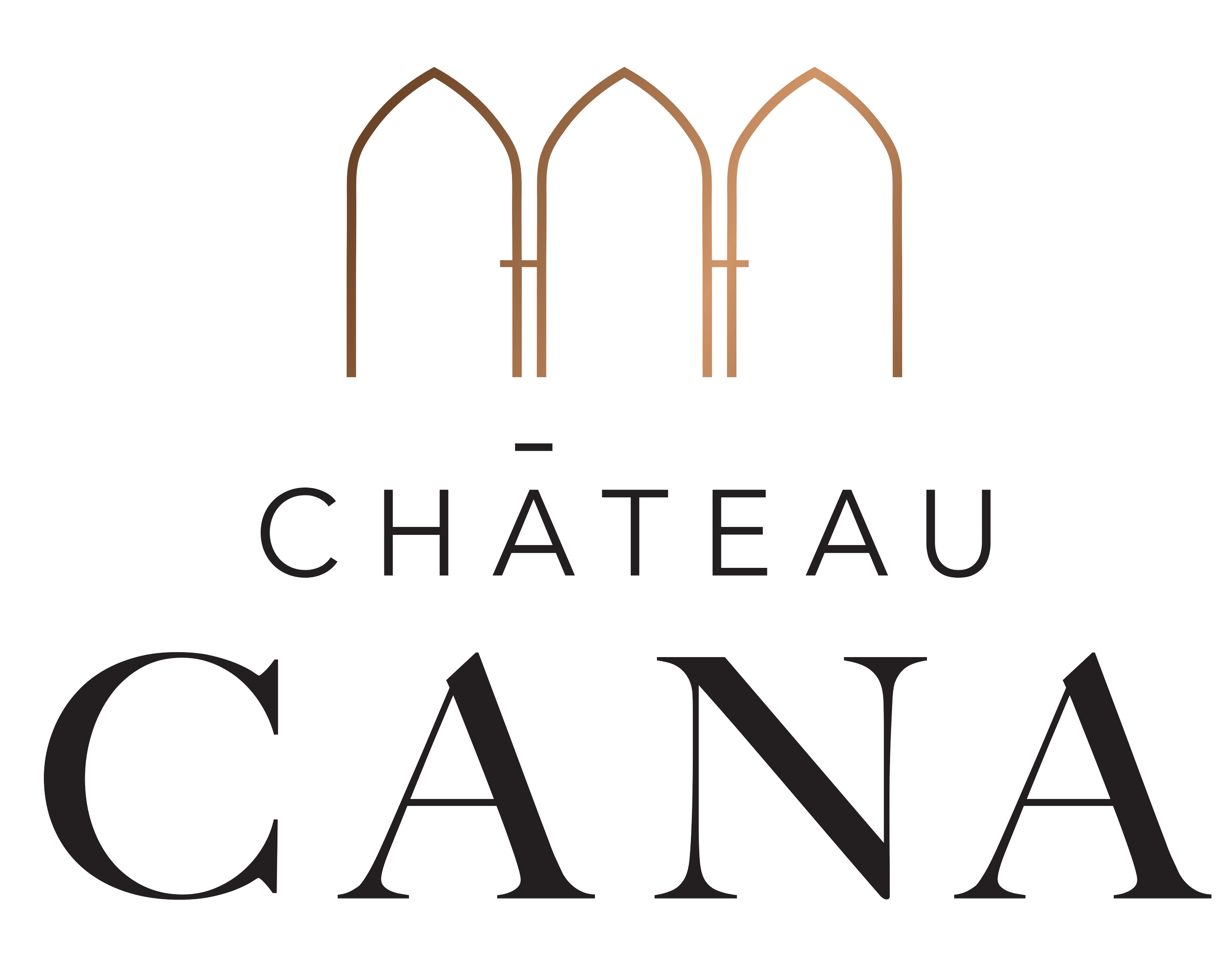The Winery
Château Cana benefits from an exceptional location in the heart of a serene and peaceful pine valley, Ras el Harf. Celebrated by French poet Alphonse de Lamartine in "Voyage en Orient", the valley later borrowed his name. Located 900 meters above sea level, the vineyard stretches over ancient terraced slopes and enjoys 300 days of sunshine a year.
VINEYARD
The vineyard is planted with about 60% of Cabernet Sauvignon, 30% of Sabbaghieh, and 10% of Chardonnay. Cabernet Sauvignon is the best grape variety of the vineyard; it is perfectly at home in the poor gravely soil. These conditions give the wine concentration color and tannic structure. The Sabbaghieh is a local type of grape characterized by red fruit aromas of cherries, raspberries and strawberries; it has the potential to develop vegetal and "barnyard" aromas that can contribute to the complexity of the wine. The Chardonnay plays a regulation role tempering the strength of the dominant Cabernet Sauvignon.
CLIMATE
The climate of the valley is very variable, which is why each vintage is so different. A mild wet winter with some cold spells; the spring is warm but often foggy; a hot summer humid until mid July and then drier - daytime and night time are generally more contrasted in August thereby accelerating the ripening of the grapes while preserving their aromatic freshness - the beginning of autumn is usually sunny with cooler temperatures.
GEOLOGY
Most of Château Cana's vines are planted on gravely hilltops. The fortunate combination of layers of gravel on the surface and clay subsoil result in the quality of vines, particularly developing deep root system. Also, the presence of lower layers of clay that capture water in the subsoil ultimately provide the vines with a sufficient amount of water to survive during the driest periods of the year.

